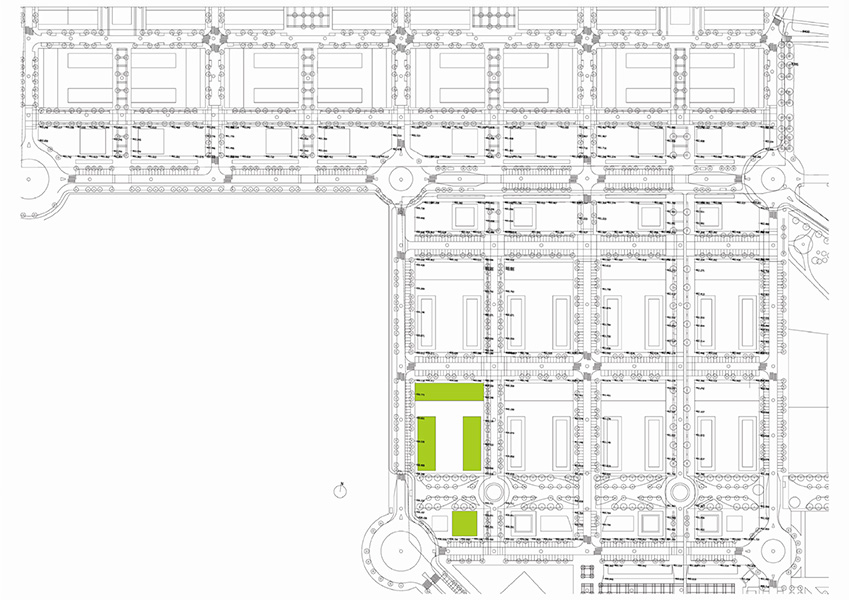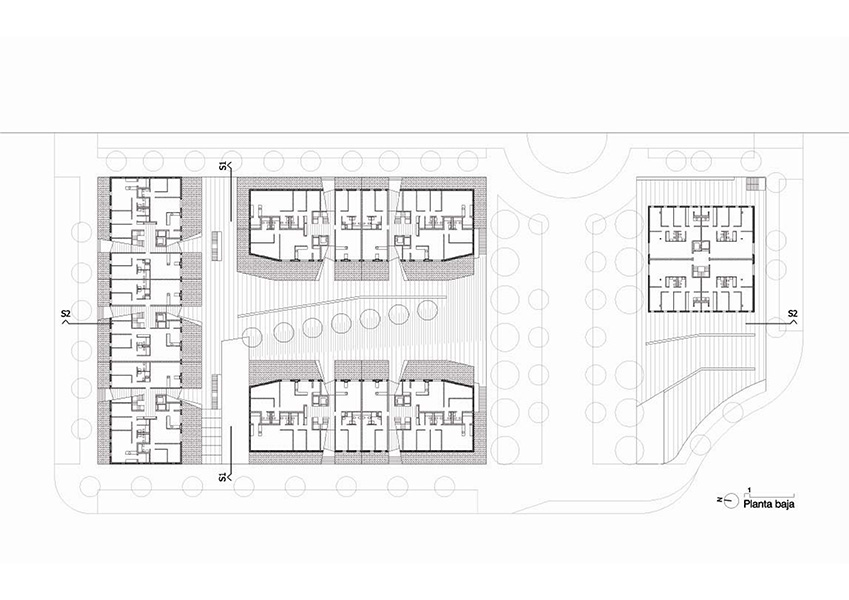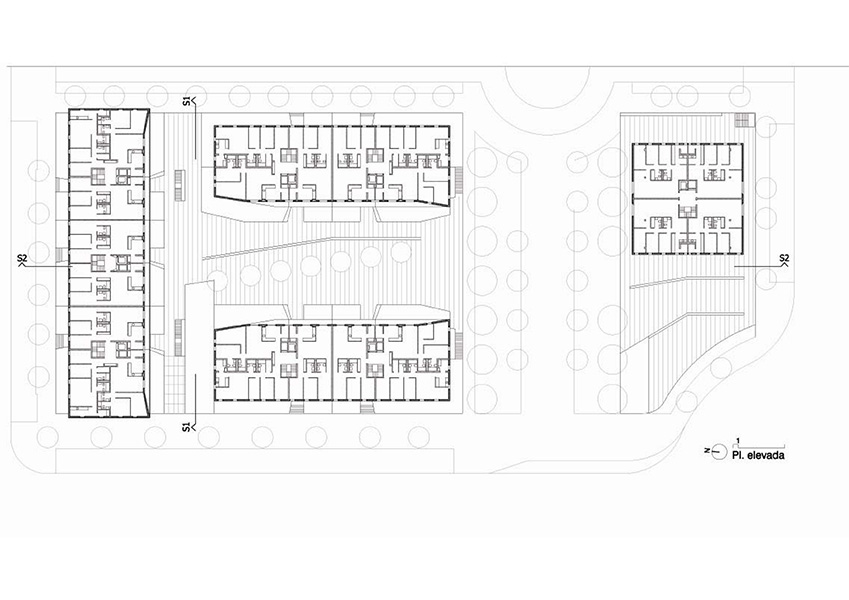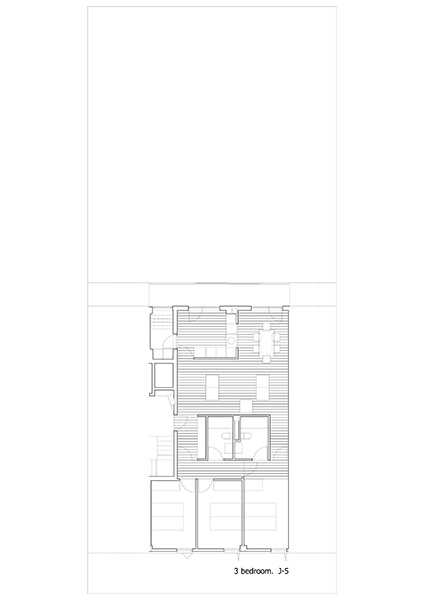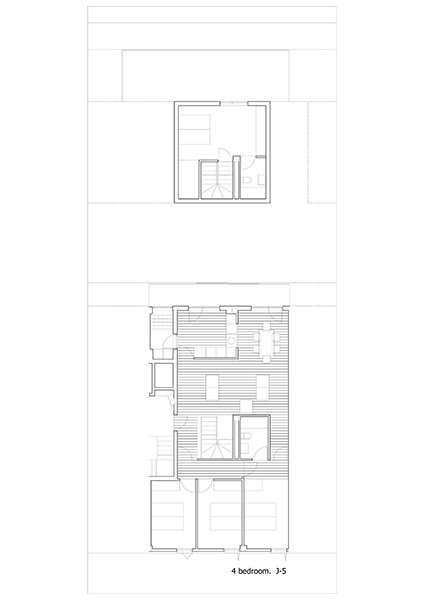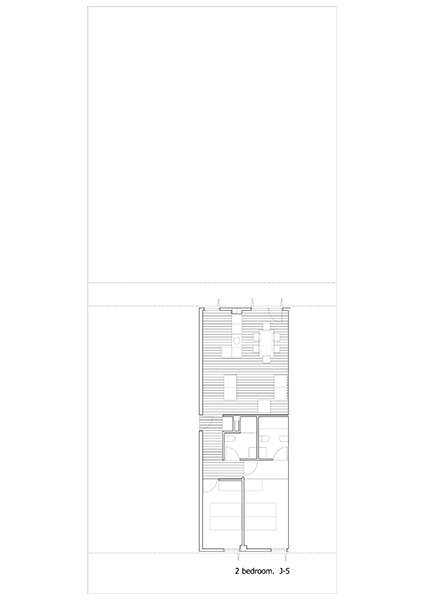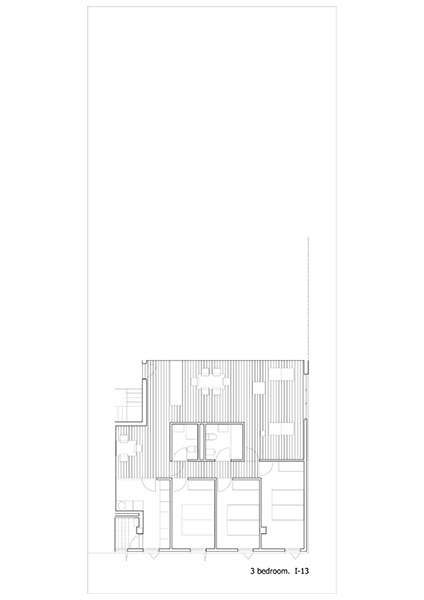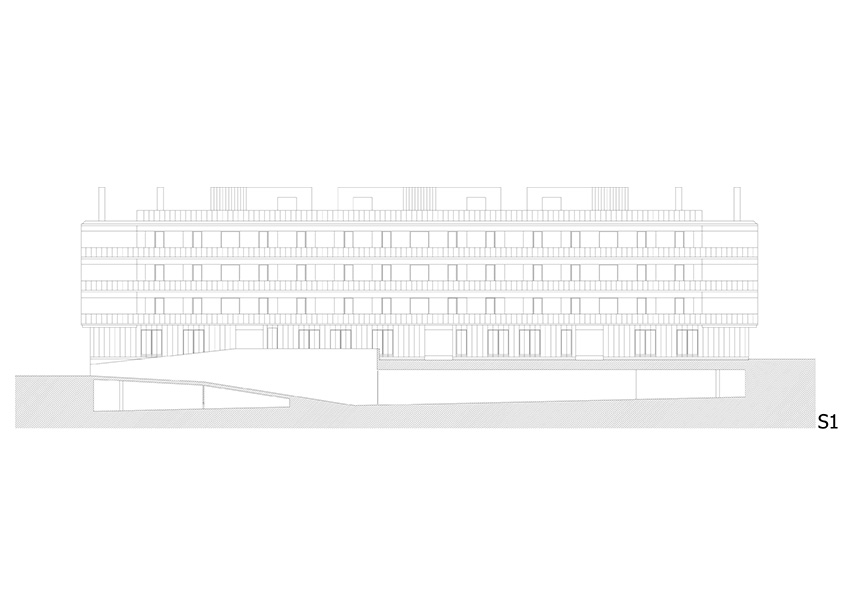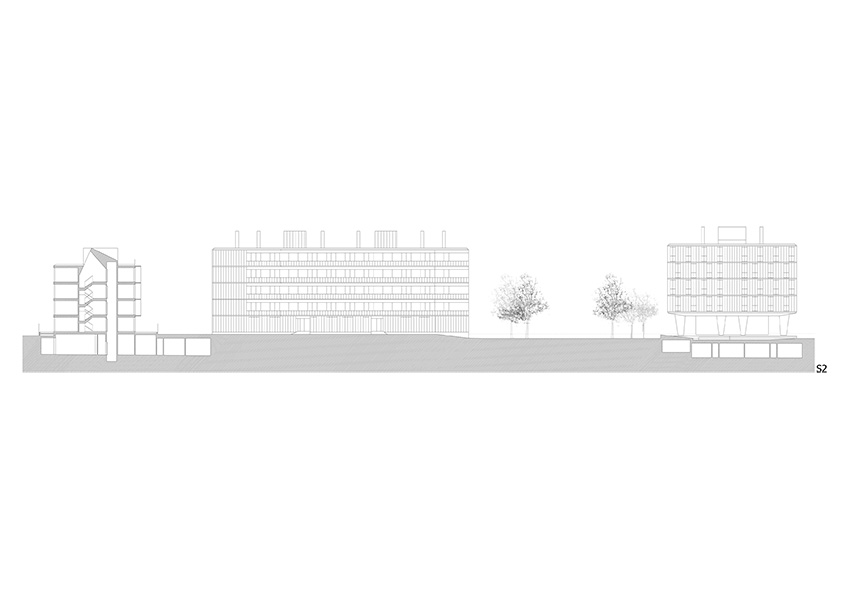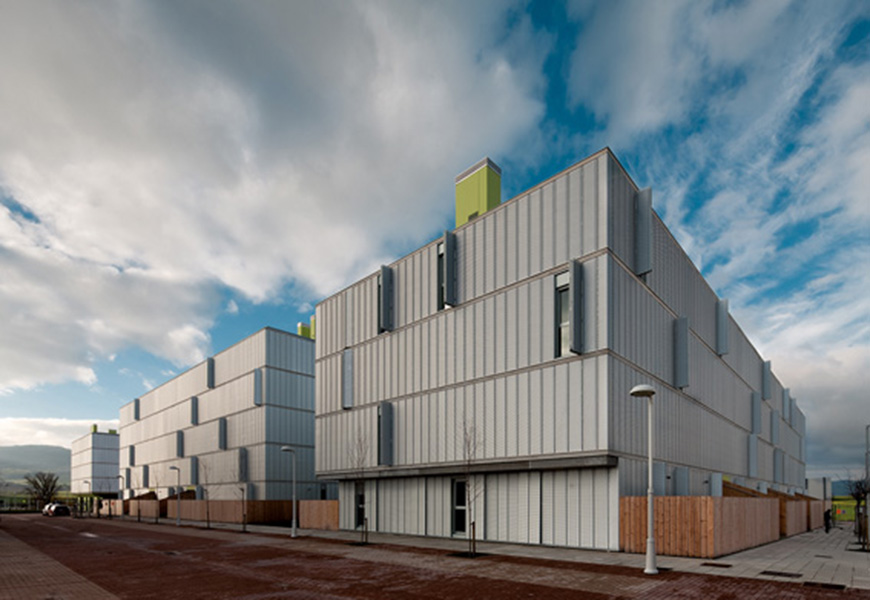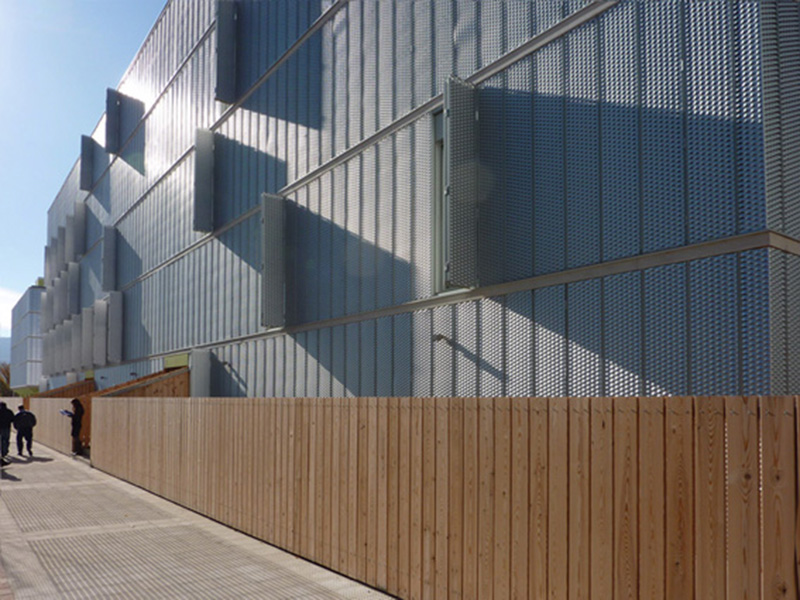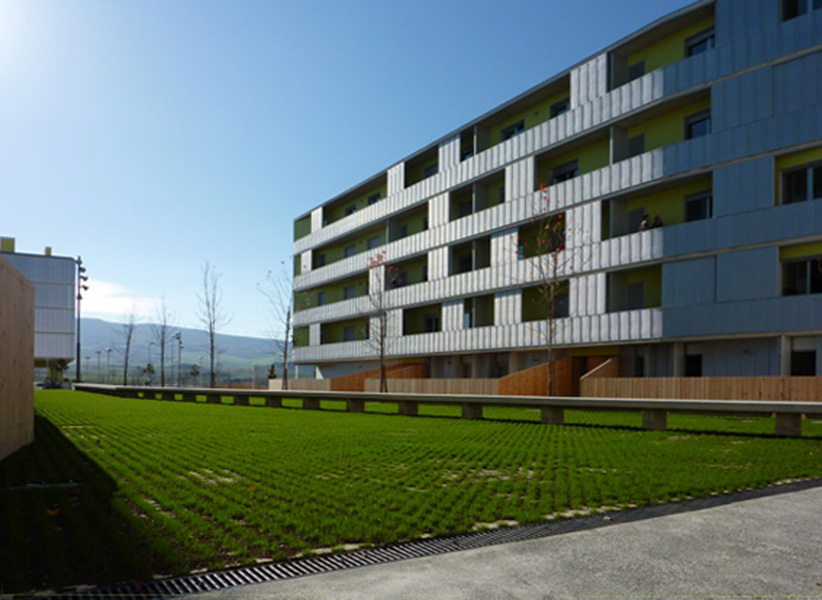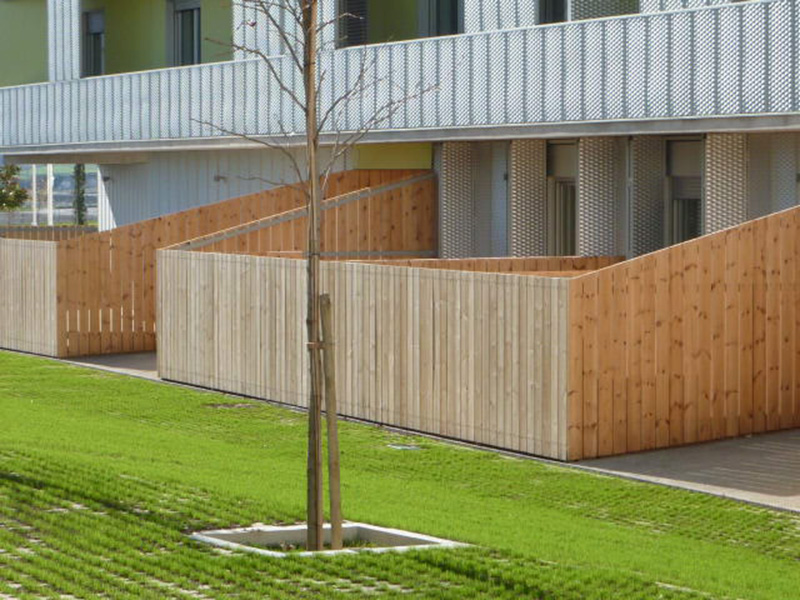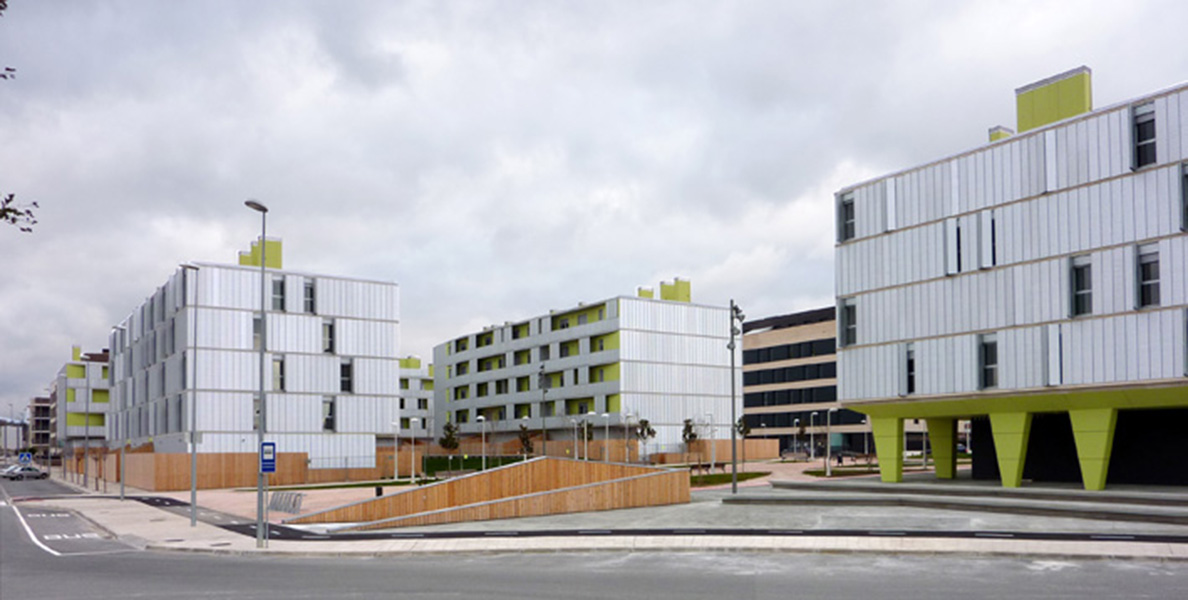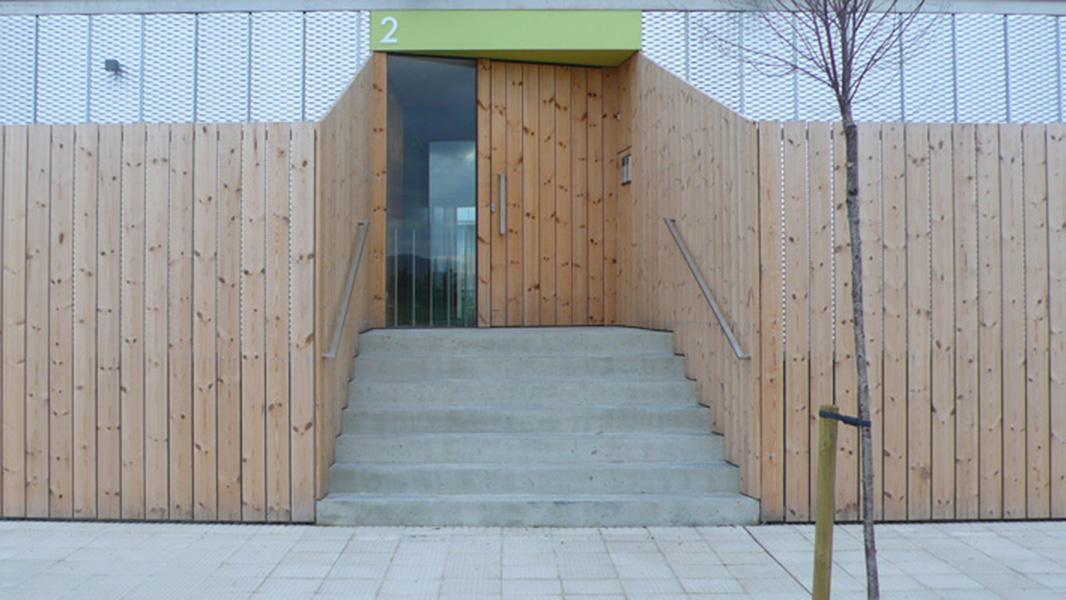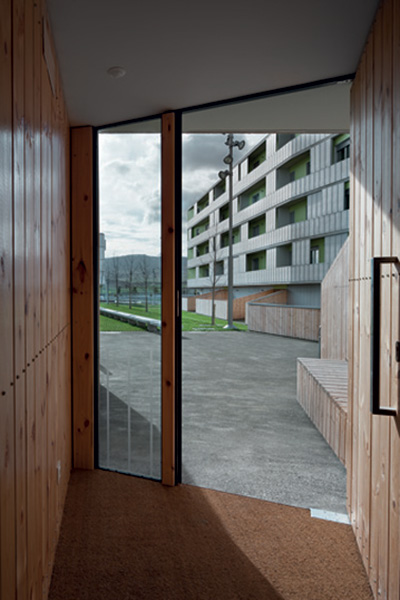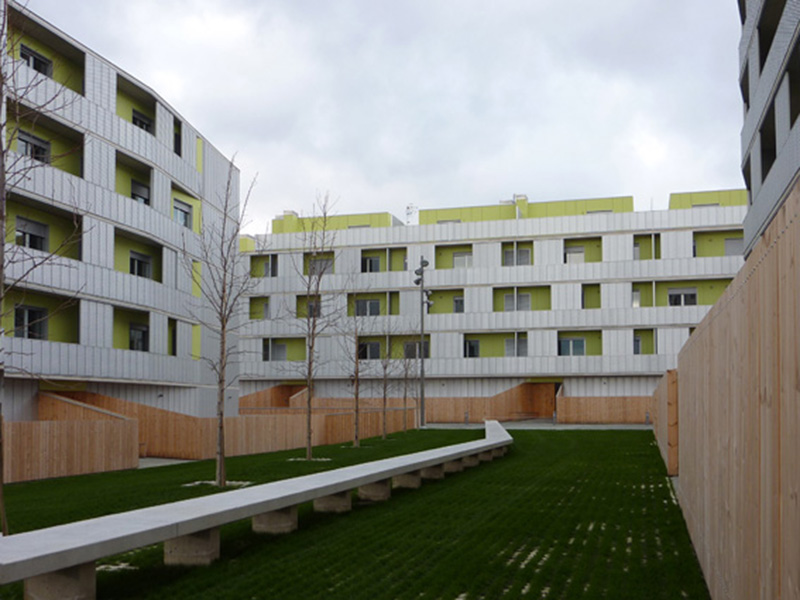NAME
AUTHOR
Designer or design team: Alfonso Alzugaray Los Arcos & Carlos Urzainqui Dominguez. Architects
The project has been submitted by: Alfonso Alzugaray Los Arcos
Plot area: 5.961 mq
Gross Area: 17.664 mq
Of which
Residential: 65,8%
Public/communal areas: 33,2 %
Facilities for the public: 0
Business/trade: 1%
Offices: 0
Number of residential units: 108
Typology of users: students
Total building costs: 9.311.000,000 €
Building Cost = Total Building Cost / Gross Area: 527,11 €/mq
Floor area ratio = Gross Area / Plot Area: 2,14
Work started on date: Tuesday, 9th January 2007
Work completion date: Monday, 9th November 2009
OWNERSHIP
NASUVINSA. Viviendas de Navarra SA
Promoter: NASUVINSA. Viviendas de Navarra SA
Allotment rule: —
Reduction cost percentage compared to the market value:
assigment: 28%
LOCATION
Country: Spain
City/town: Zizur Mayor, Navarra
Address: Mindegi street

